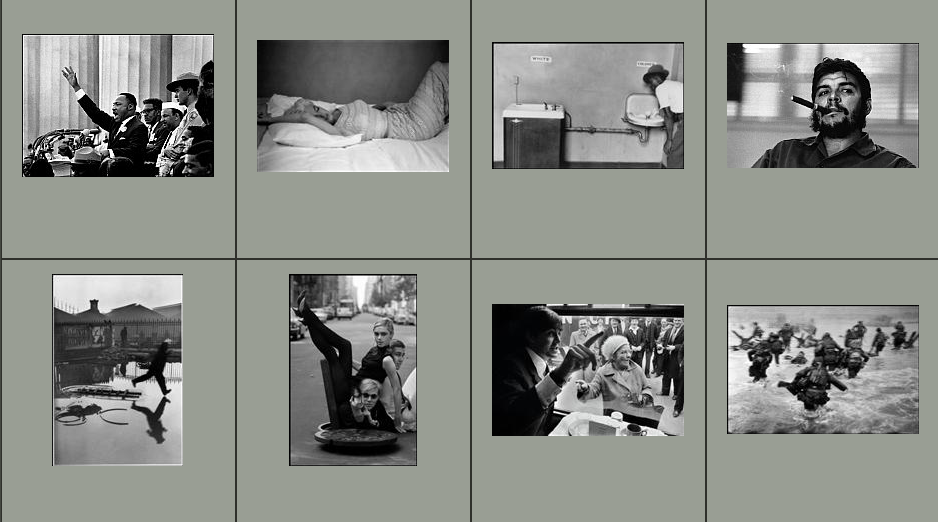
Image credit: Screen shot of Magnum Photos Digital Collection
H/T: Katherine Feo and George Royer
On Tuesday, the Harry Ransom Humanities Research Center
announced that the Magnum collection of photographs would be catalogued,
housed, and made accessible to scholars for research and to the public through
exhibitions. Magnum Photos was
founded in 1947 by Robert Capa and Henri Cartier-Bresson and several other
photographers as one of the first photographic cooperatives. While the Magnum website hosts the
“living archive” of over 500,000 images in a searchable digital library that is
updated daily, the HRC will preserve and make available the nearly 200,000
original press prints including several vintage prints dating back more than 60
years. In a press release
announcing the partnership between the HRC, Magnum Photos, and the new owner of
the original press prints, Michael S. Dell’s private investment firm MSD
Capital, Dr. Tom Staley—director of the Humanities Research Center noted, "This
is a singularly valuable collection in the history of photography [that] brings
together some of the finest photojournalists of the profession and spans more
than a half century of contributions to the medium. We are delighted to
make these remarkable materials accessible to researchers and students."
Recent comments
2 years 29 weeks ago
2 years 44 weeks ago
2 years 44 weeks ago
2 years 50 weeks ago
3 years 4 weeks ago
3 years 4 weeks ago
3 years 4 weeks ago
3 years 6 weeks ago
3 years 6 weeks ago
3 years 6 weeks ago